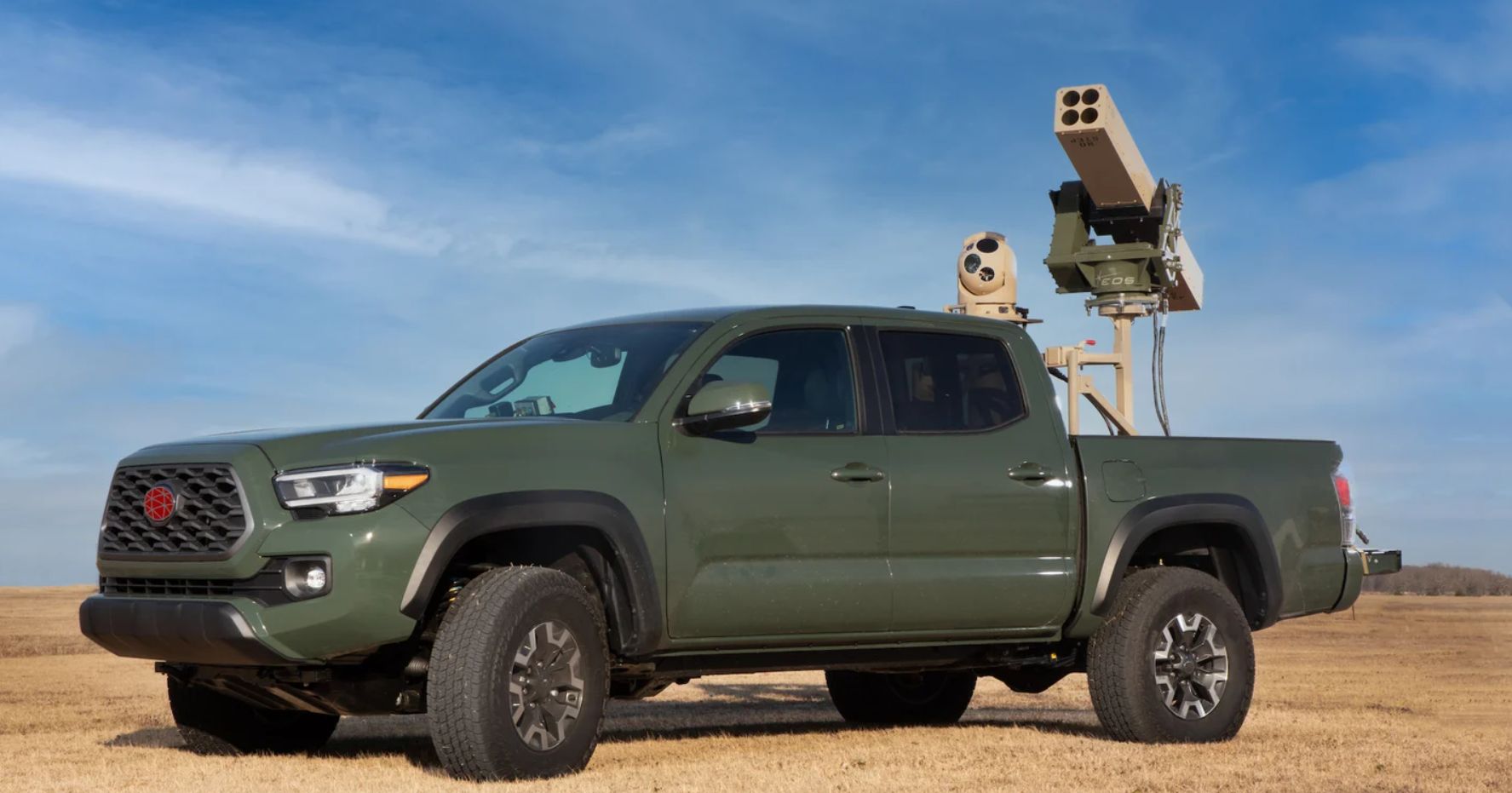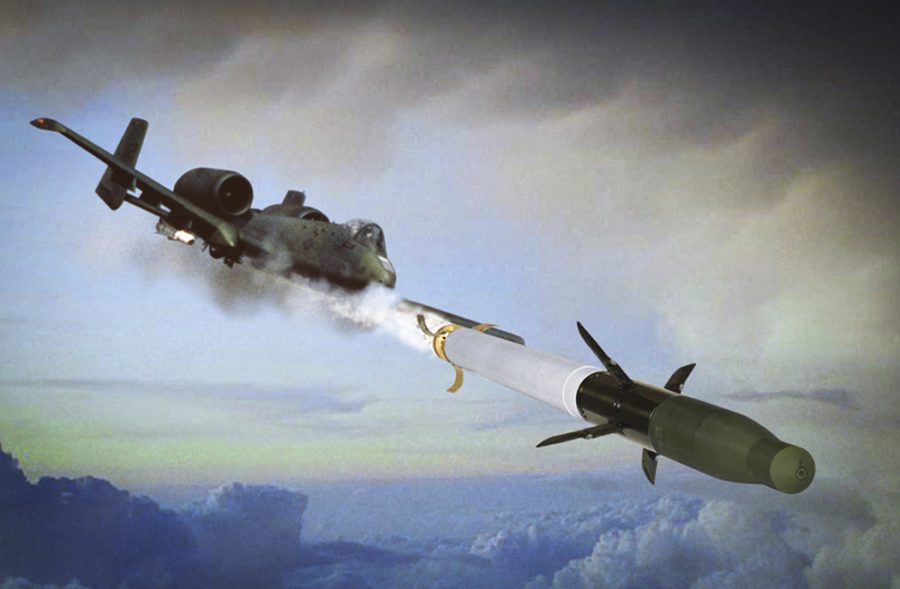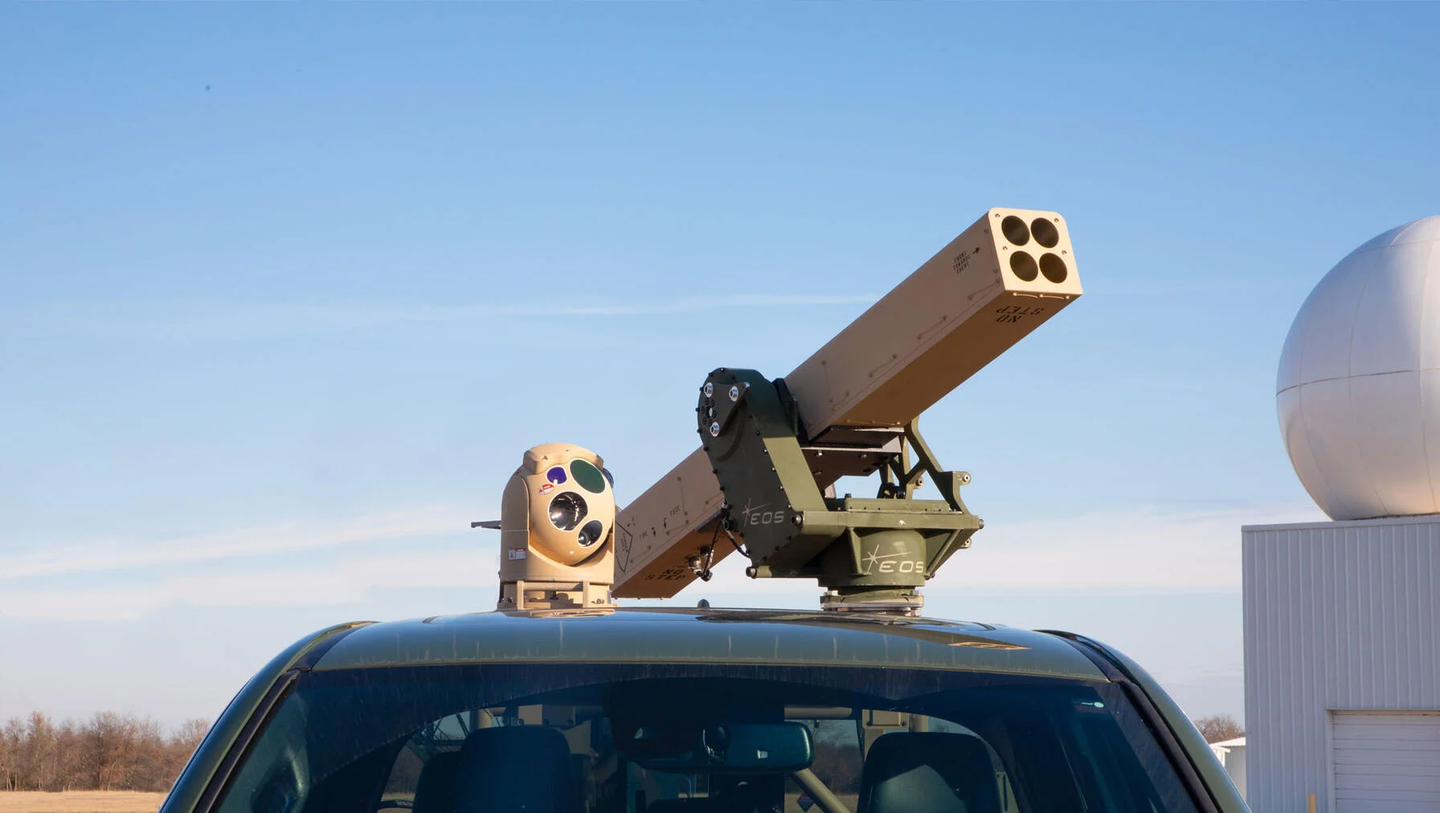Tanmay Kadam
Pentagon announced a new $2.6 billion arms package for Ukraine, including new counter-drone defense capabilities, on the very day that the Ukrainian Black Sea port came under attack by a wave of Iranian-made Shahed drones used by the Russian military.
The latest package includes US $500 million in Presidential Drawdown Authority (PDA) funding and US $2.1 billion under the US Department of Defense’s (DoD’s) Ukraine Security Assistance Initiative (USAI) funding.
A senior US defense official told reporters on April 4 that the new package “includes important capabilities for air defense and to counter Russian unmanned aerial systems.”
These important counter-unmanned aerial system (C-UAS) capabilities include additional interceptor missiles for Patriots and NASAMS [National Advanced Surface-to-Air Missiles Systems] air defense systems, as well as some new systems, “like a 30mm gun track to detect and intercept drones, such as the Iranian-built Shaheds,” said the official.
Apart from that, the package also includes ten mobile counter-UAS laser-guided rocket systems that “will enable Ukraine to fire precision rockets from mobile positions,” the official continued while noting that these systems will be new to Ukraine and “they will use the APKWS advanced precision kill weapon system, laser-guided munitions, to counter the drone threat.” Iranian Shahed Drones
Iranian Shahed Drones
 Iranian Shahed Drones
Iranian Shahed DronesThe official did not specify which type of mobile counter-UAS systems would be provided or who is the manufacturer or developer of those systems; however, the Pentagon did announce in August 2022 that VAMPIRE counter-drone system would be sent to Ukraine.
Apart from that, reports also suggest that the new mobile counter-UAS system could be the one developed by Virginia-based Science Applications International Corporation, Inc (SAIC), which will be discussed later.
The VAMPIRE C-UAS is basically a portable kit that fires the APKWS munitions, which were pledged to Ukraine by the US in May 2022.
VAMPIRE Counter-Unmanned Aerial System
Developed by Florida-based L3Harris Technologies, VAMPIRE stands for Vehicle Agnostic Modular Palletised ISR Rocket Equipment. It is a small four-barreled rocket launcher designed to strike ground targets and take out low-flying aircraft, particularly drones.
The entire weapons system, which includes a ‘sensor ball’ to track drones and a laser designator to hone in on the targets, can be assembled by a two-person crew on a pickup truck or flatbed lorry in two hours. It can be operated by a single person who can use it to strike either ground or airborne targets. The VAMPIRE system is fitted to the back of a pickup truck. (L3Harris)
The VAMPIRE system is fitted to the back of a pickup truck. (L3Harris)
 The VAMPIRE system is fitted to the back of a pickup truck. (L3Harris)
The VAMPIRE system is fitted to the back of a pickup truck. (L3Harris)VAMPIRE fires 70mm laser-guided rockets like the APKWS II (Advanced Precision Kill Weapon System II) rockets, which are an upgrade for the US military’s vast stocks of old Hydra 70 rockets.
These 25-pound 70 mm rockets were developed in the 1940s, carried in pods of seven or nineteen by attack aircraft and helicopters, and fired in volleys to cover an entire area. The US used them extensively in Vietnam.
In 2005, the US Army started a new development program called APKWS II. BAE Systems was selected as the prime contractor for the program, while other contractors included General Dynamics and Northrop Grumman. File Image: Advanced Precision Kill Weapon System
File Image: Advanced Precision Kill Weapon System
 File Image: Advanced Precision Kill Weapon System
File Image: Advanced Precision Kill Weapon SystemAs part of this program, these unguided Hydra 70 rockets were converted into precision munitions by introducing a laser seeker guidance section and a control unit that closes in on the target painted by a laser designator.
When launched by a helicopter, the APKWS II has a range of around 4.82 kilometers, but its range could be far less in a ground-launched version.
Also, the APKWS II is not known much for its use in the anti-air role. However, the US Air Force (USAF) has been testing its use as an air-to-air weapon onboard its F-16s equipped with more sensitive AESA radars and advanced targeting pods. A closer look at VAMPIRE’s launch system and sensor ball. (L3Harris)
A closer look at VAMPIRE’s launch system and sensor ball. (L3Harris)
 A closer look at VAMPIRE’s launch system and sensor ball. (L3Harris)
A closer look at VAMPIRE’s launch system and sensor ball. (L3Harris)The US military reportedly used the VAMPIRE system against the commercial drones used by ISIS that were adapted to drop grenades or conduct surveillance of the US positions in Syria.
L3Harris had also said in the last year that the VAMPIRE counter-drone system would be delivered to Ukraine in early 2023. It remains unclear whether the new C-UAS system included in the US’ new aid package for Ukraine is the VAMPIRE counter-drone system.
Experimental Anti-Drone System Built For Ukraine?
Reports also indicate that the US’ latest aid package follows a competition conducted by the US Army in January. Virginia-based SAIC, which participated in the competition, is in the running to send ten of the weapons to Ukraine, as per the claims by the company representative.
In this competition, SAIC’s system used APKWS laser-guided rockets. It achieved a 100-percent hit rate; the company representative told Defense One on the sidelines of the Association of the US Army’s Global Force Symposium last week.
Jeremy Davidson, a SAIC systems engineer, said the system also includes an M240 machine-gun mount and an electronic warfare system that can take control of a commercial drone, including any DJI-brand system not operating with advanced encryption.
Both Russian and Ukrainian military forces widely employ DJI drones in the ongoing conflict.
Greg Fortier, the vice president of SAIC’s Army Business Unit, said that their system was able to detect a drone from more than six miles (9.65 kilometers) away and hit it at a range of three miles (4.82 kilometers).
That said, the US Army and another competitor in the test, Invariant Systems provided details corroborating SAIC’s claims but did not confirm whether the competition intended to provide systems to Ukraine.
The contracting documents publicly released by the US Army suggest that the objective of the test was to destroy Class Three drones, which include aircraft weighing more than 55 pounds (24.94 kilograms). The Shahed-136 weighs around 440 pounds (199.5 kilograms).
Furthermore, the contracting documents also state that a winning design should be ready to ship to partner nations within 30-90 days of a contract award, which is roughly the amount of time between the competition in January and the US’ latest announcement of new aid package on April 4, which includes the new mobile laser-guided C-UAS system.
The contract also says that the systems might be funded by Title 22 authorities, which are used to fund security assistance to Ukraine.
Invariant CEO David Anderson said he had no knowledge of whether his system was part of the US Defense Department’s announced shipment.
Also, Samuel Bandett of the Centre for Naval Analysis (CNA) noted that so far, the US is known to have primarily sent existing technology to Ukraine, and it is unclear whether the US had ever sent a weapon that was created from scratch for use specifically in Ukraine.
Shahed Drones Wreak Havoc On Ukraine
The latest aid package came on the very day that 17 Shahed-136 drones attacked Ukraine’s Odesa region.
“One of the drones that made it through air defenses hit a local business,” Bratchuk said. It caused a fire, but no injuries,” Serhiy Bratchuk, spokesman for Odesa’s regional administration, wrote on his Telegram channel.
According to Ukraine’s Air Force, Russian forces launched 17 Iranian-made Shahed drones from the east coast of the Sea of Azov into Ukrainian territory. While 14 of these drones were shot down by the Ukrainian air defense crew, several of Ukraine’s state-owned enterprises were hit.
Ukrainian forces are reportedly using large-caliber machine guns to counter these drones, Lt. Gen. Serhiy Nayev of the Command of the United Forces of the Armed Forces of Ukraine said in a recent statement on Facebook.
The Shahed drones try to “dodge” Ukraine’s air defenses, Nayev said, adding the drones are “constantly changing” their flight paths. According to experts, Shahed drones are usually simple to shoot down if detected in time, which is the actual challenge.
“When you find them, you shoot them,” Uzi Rubin of the Jerusalem Institute for Strategy and Security and the Begin Sadat Center for Strategic Studies told Newsweek. However, “if you don’t see them, you can’t shoot them. And mostly you don’t see them,” he added.
No comments:
Post a Comment